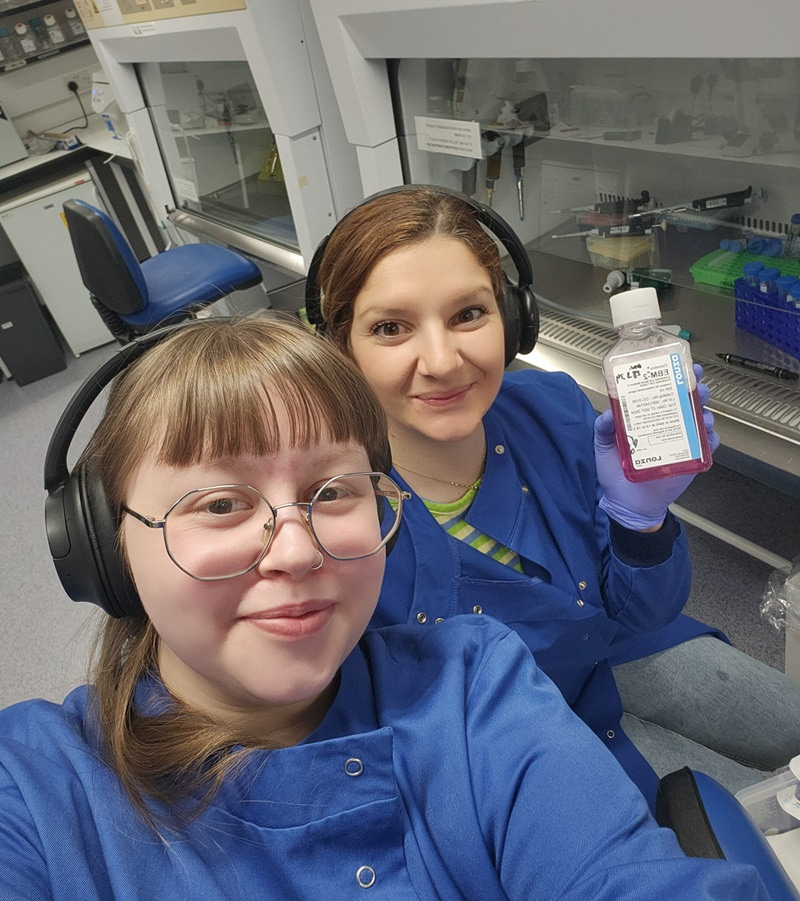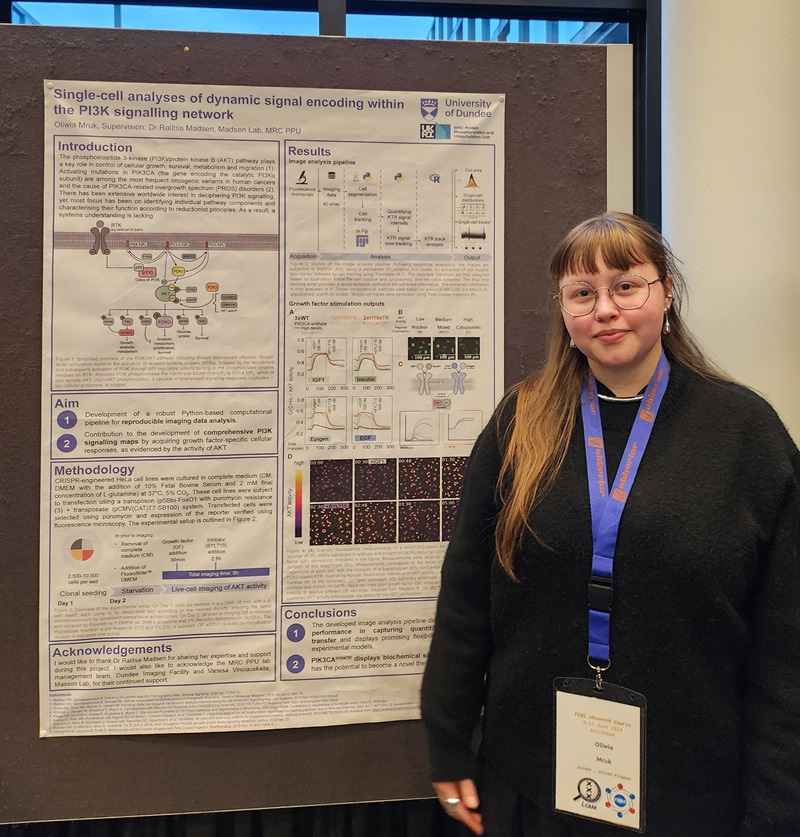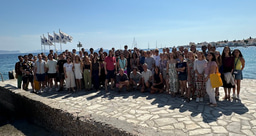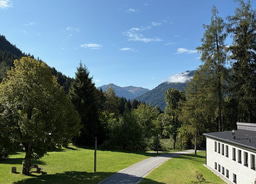“There is no way I am even considering applying for a PhD position”

“There is no way I am even considering applying for a PhD position.” – This is what I was thinking just over a year ago. Actually, this idea of undertaking a PhD programme had not crossed my mind until my – then future – supervisor mentioned this in passing. I knew I loved science and wanted to continue my journey but somehow, with no prior knowledge and connections, it all seemed so alien to me. Unreachable. But as it often happens, all you need is just a bit of a push in the right direction. And that is what happened to me!
I had just come back from a student exchange in Sweden (funded by Erasmus+), starting my third year of Bioinformatics at the University of Dundee. Being in my penultimate year, I started to feel the pressure – I was eager to get more experience. I had ended up applying for several industrial placements and the wait had began… Unexpectedly – though looking back now perhaps it was meant to be – I got a LinkedIn message from a researcher starting their lab at my university. To cut a long story short, I was trusted to join the Madsen Lab, led by Dr Ralitsa Madsen, in July 2023 – from undergraduate student to laboratory technician and now to PhD student. Here, I must admit that while the learning curve was steep, the process of choosing the PhD position itself was almost natural, which I know is not how many will find their dream positions. However, I feel like I am in a comfortable position to still share a thought or two about how to tackle this decision.
Firstly, and perhaps most importantly, understand yourself and what drives you. It may sound cliché but it’s true! Research takes hours and hours of work, often involving non-standard hours and a string of failures. This is why I find it so important to have discovered my niche and what I love doing, something that drives me despite some of the struggles I might encounter. I was lucky enough to discover I am fascinated by bioinformatics and microscopy quite early on, before choosing a PhD position – this will not happen for everyone and that is completely okay. For me, this happened through trying out various experiences, such as going on the exchange, choosing courses way out of my comfort zone, and then taking a leap of faith when I was doing a summer placement. Frankly, I was terrified of microscopy at first. All this expensive equipment around me that I could easily ruin! And most of the courses I took? I was not that interested in them. But as it turns out, once my initial fear wore off and I could gain a bit of experience and independence in various places, that was it for me! So, I went on to intern (with funding from the Turing Scheme and organised by Pagoda Projects) as an English resource at Pacific Links Foundation, a fantastic US-based NGO working primarily in Vietnam, where I could support the team with various tasks, including teaching a bit of basic R (a programming language). I also undertook a Summer Vacation Studentship, thanks to the funding from the Biochemical Society, where I was in charge of my own lab-based project for 6 weeks. Then, with the help of my now-PhD supervisor, I got onto the FEBS Practical Course 'Functional imaging of cellular dynamics' in Amsterdam (a FEBS Advanced Course), where I got to explore microscopy techniques I had never even heard of before!
All this is to say, I tried a lot of different things before I settled on what is now 'my thing'. And this can all be done depending on your personal circumstances – either before or after starting your PhD. There are many fantastic rotational PhD programmes that will provide you with extra experience to decide what you want to do, so take that time to explore your interests and stay curious. Joining one of those programmes, or getting to know the lab in advance, are all great ways to check whether the atmosphere and management style suits you, as well. After all, completing a PhD can take a while! I found my perfect place at the MRC Protein Phosphorylation and Ubiquitylation Unit, in Dundee, where I can feel supported but also trusted to explore on my own, even if that involves occasional failures.
At the time of writing this, I was on a much-needed holiday break. While I love what I do, I find that switching off once in a while gives my brain the rest it needs and focus to explore some of my other interests that perhaps I did not have time for before. Most importantly, however, it helps me with putting everything into perspective and why I actually made this decision. In the end, what works best for me is just trying things out, no matter how afraid of failure I might be. Will this work for everyone? Perhaps not. But understanding yourself and your needs during this process will be crucial for choosing an opportunity and environment suitable for you.


For more information about the FEBS Advanced Courses programme visit the FEBS website.
Top image of Oliwia in the Madsen Lab, MRC PPU, doing a plasmid midi prep. All photos by Oliwia Mruk.





Join the FEBS Network today
Joining the FEBS Network’s molecular life sciences community enables you to access special content on the site, present your profile, 'follow' contributors, 'comment' on and 'like' content, post your own content, and set up a tailored email digest for updates.